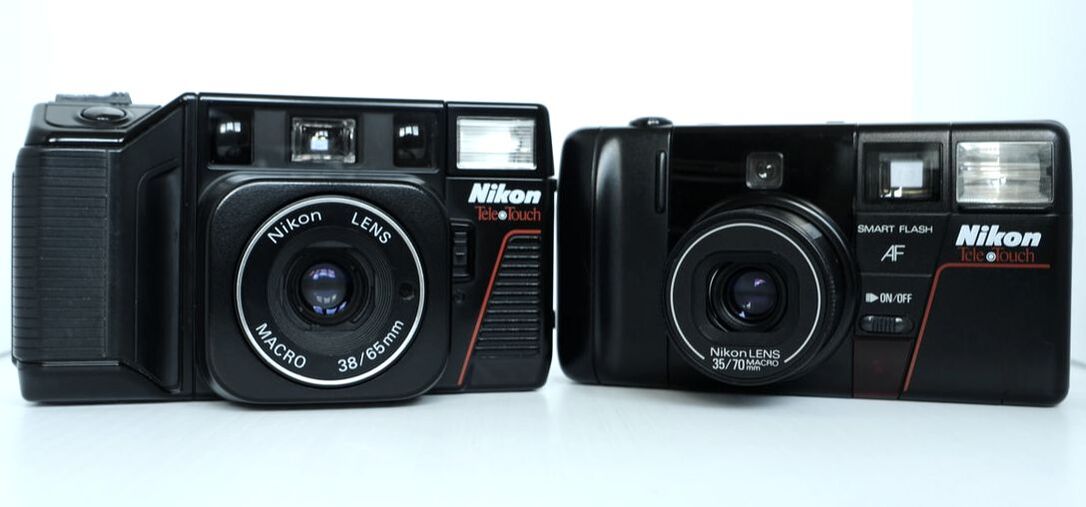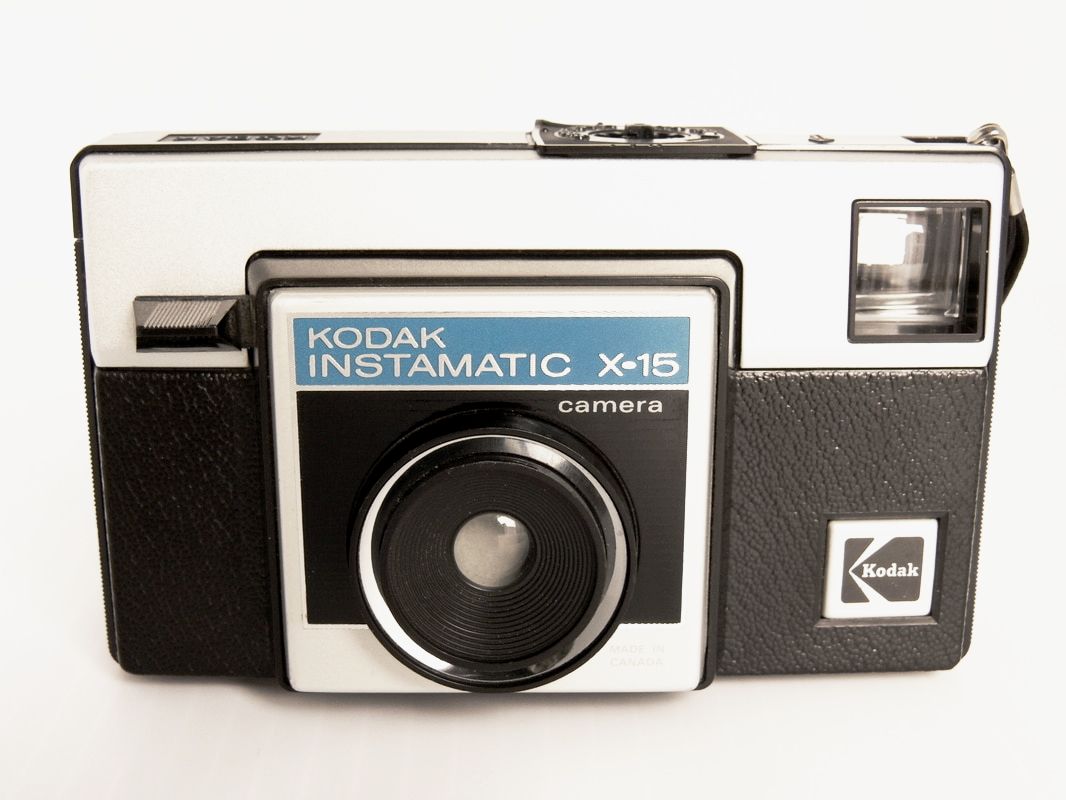|
The 1980s were the heyday of the quality, yet relatively affordable, automatic auto focus (AF) 35mm camera. Competition was intense between manufacturers, and they were constantly trying to leapfrog one another in features and capability. Every year saw some kind of improvement until about 1988 or so, when the inevitable "race to the bottom" really started to heat up. Within this era, the years from 1983 to 1987 were arguably the high-water mark for quality and innovation, and some ingenious engineering. In this article, we are going to key in on a quirky category of cameras that served as a bridge between the original, fixed-focal-length AF point & shoots and the first P&S zooms: the temporary titans of P&S technology..the twin-lens (or bifocal) AFs.
8 Comments
The history of Kodak is a very human one with examples of ingenuity, tenacity, and decisiveness, alongside of arrogance, complacency, and fallibility. Much has been written about the brilliance of George Eastman in creating a mass market for photography and his company's subsequent mastery of that market for a century. More recently, the bulk of analysis has focused on the fall of Kodak from dominance and the underlying causes. 130+ years is not a small field of study by any means, so let's examine just a 25-year slice of Kodak's life that will illustrate how Kodak transitioned from a proactive, anything-but-complacent juggernaut to an increasingly reactionary player in the photography market. The period from 1963 to 1988 is a fascinating one as it contains the best and worst of Kodak. |
C.J. OdenbachSuffers from a quarter-century and counting film and manual focus SLR addiction. Has recently expanded into 1980's AF point and shoots, and (gack!) '90s SLRs. He even mixes in some digital. Definitely a sick man. Categories
All
Archives
June 2024
|


 RSS Feed
RSS Feed